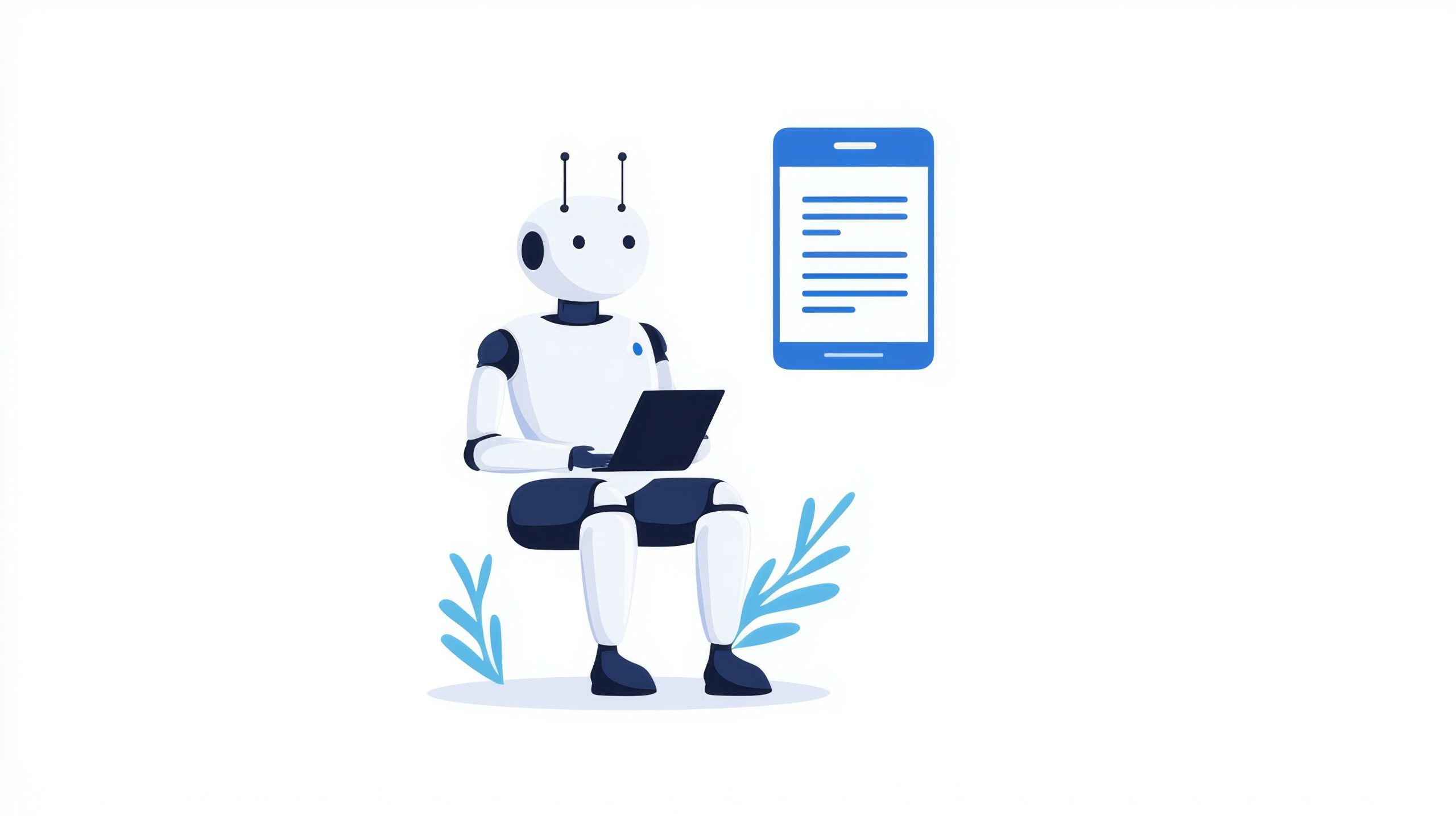AI is a helpful tool when used correctly.
The key is knowing where it fits into the writing process without sacrificing quality.
Automation can improve efficiency, but documentation still needs a human touch to make it readable and user-friendly.
Here’s how businesses can use AI without losing quality.
1. Use AI for First Drafts, Not Final Copies
AI is great for getting words on the page quickly.
Writers can use AI to generate a rough draft and then refine it to make sure it’s accurate and engaging.
This saves time but keeps quality control in human hands.
2. Combine AI with Human Editing
AI can check for grammar, style, and structure, but it can’t replace human judgment.
A technical writer can review AI-generated content to make sure it makes sense and serves its purpose.
Human editing ensures clarity, consistency, and accuracy.
3. Train AI to Follow Your Style
Some AI tools allow businesses to train them using existing documentation.
By feeding AI well-written examples, it can learn how to generate content that better matches the company’s tone and style.
This helps maintain brand consistency across documents.
4. Don’t Rely on AI for Critical or Complex Content
AI struggles with content that requires in-depth knowledge, troubleshooting, or real-world problem-solving.
For technical documentation, safety procedures, and compliance materials, human writers are essential.
They ensure the content is correct, complete, and practical for users.
Takeaway
AI is changing the way documentation is created, but it’s not replacing technical writers.
It’s a tool that can improve efficiency, but it still needs human oversight to produce high-quality content.
Writers who learn to use AI to their advantage can work faster without sacrificing clarity or accuracy.
The future of technical writing isn’t about AI taking over.
It’s about using AI in smart ways to enhance the writing process while keeping human expertise at the centre.






